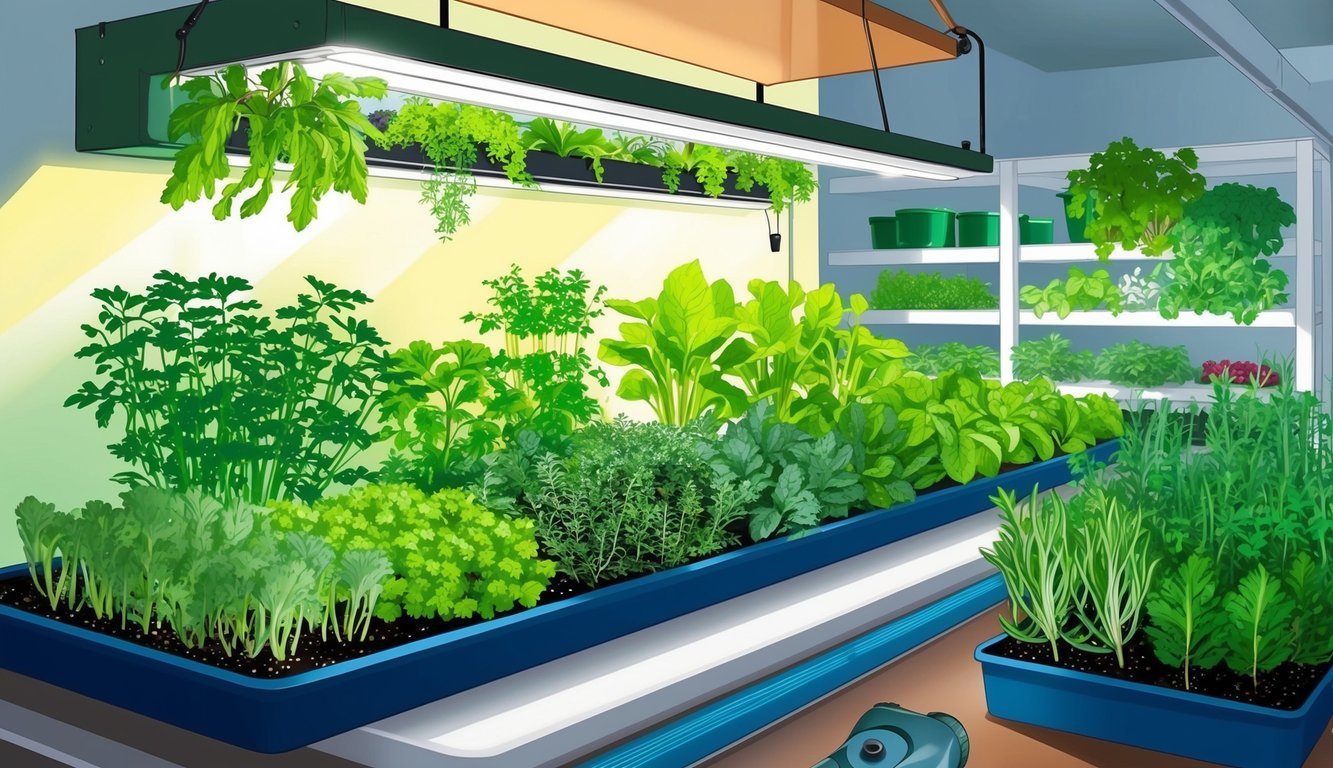
Advantages of Hydroponics
Hydroponics, which eliminates soil in favor of a nutrient-rich water solution, boasts significant benefits.
Notably, it enables year-round crop production, even in small spaces.
Plants grown hydroponically typically grow faster due to the controlled indoor environment that provides optimal conditions for growth, allowing for continual harvesting.
Additionally, this method uses about 90% less water than traditional soil gardening and helps reduce issues with weeds and pests.
Explore Different Hydroponic Systems
- Deep Water Culture (DWC): This beginner-friendly method allows plant roots to float in a nutrient solution, with an air pump supplying oxygen.
- Nutrient Film Technique (NFT): This system continuously streams a thin layer of nutrient-laden water over the roots, making it suitable for smaller plant varieties.
- Ebb and Flow: This method intermittently floods the roots with nutrients, making it ideal for a broader spectrum of crops.
Ensure Good Airflow
Ventilation plays a crucial role in fostering healthy plant growth and preventing mold.
Installing fans within your growing area can significantly improve air circulation.
However, establishing a hydroponic garden requires careful planning.
Key factors to consider include the setup, lighting, suitable materials, and nutrients.
Here’s a detailed guide to help you navigate the essentials when starting your hydroponic journey.
On the flip side, hydroponic gardening does come with its challenges.
The initial cost of equipment, which can include lights, pumps, and timers, may be considerable.
Moreover, ongoing maintenance is necessary to keep water quality and temperature in check, along with a consistent reliance on electricity to operate the system efficiently.
When building your hydroponic setup, it’s imperative to select food-safe materials, such as High-Density Polyethylene (HDPE) or Low-Density Polyethylene (LDPE).
This helps prevent harmful chemicals from leaching into your plants.
To optimize the efficiency of your hydroponic system, frequent checks of pH and Total Dissolved Solids (TDS) levels are essential.
Additionally, remember to clean the reservoir periodically to prevent nutrient buildup and algae growth.
While diving into hydroponic gardening might feel overwhelming at first, the reward of having fresh herbs and greens at your fingertips is well worth the effort.
With careful planning and attention to detail, you can enjoy a flourishing indoor garden that keeps supplying your kitchen all year long.
Source: Marthastewart.com

